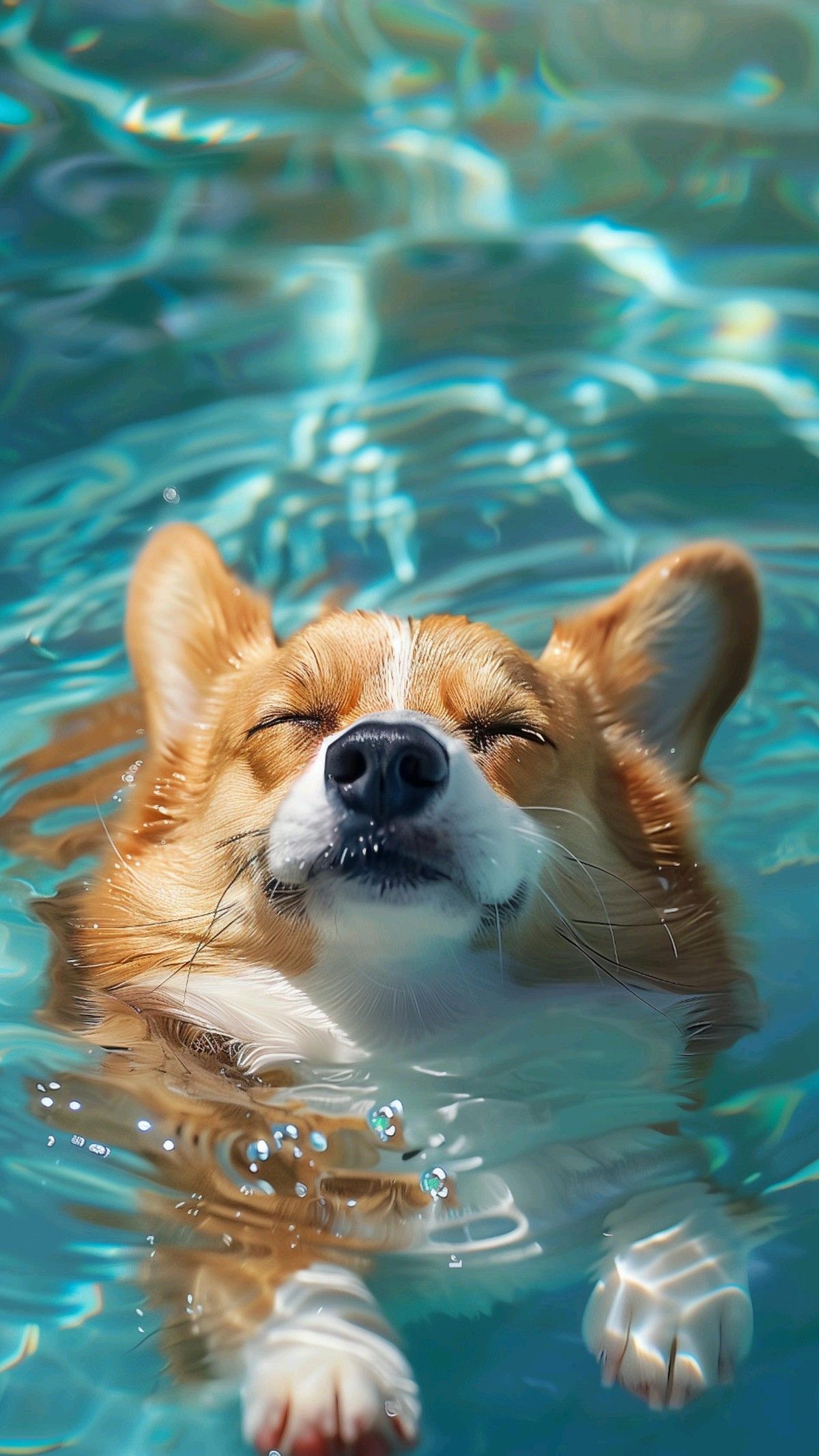Dog / Detail
A Dog's Dilemma: Overcoming Fear of Water
Jonathan Bennet | 04 October 2024 | 12:05
Many dog owners dream of taking their furry friends on swimming adventures or enjoying a refreshing bath together.
However, some dogs exhibit a strong aversion to water, whether it's swimming or simply being bathed.
This fear can be rooted in various factors, including past experiences, genetics, or simply a natural dislike of water.

While some dogs may naturally resist water, with patience, positive reinforcement, and appropriate training, it is possible to help them overcome their fear and enjoy the benefits of swimming and bathing.
By understanding the underlying causes of hydrophobia and taking a gradual approach, you can create a positive and enjoyable experience for both you and your furry friend.
In this article, we will explore the reasons behind a dog's resistance to water, discuss potential training methods to overcome this fear, and address any health concerns associated with water exposure.
Understanding Canine Hydrophobia
Hydrophobia, or fear of water, can manifest in dogs in different ways. Some dogs may avoid water altogether, while others may tolerate it but show signs of discomfort or anxiety.
This fear can stem from a variety of causes:

Past Negative Experiences: A traumatic event involving water, such as being forced into a pool or being caught in a storm, can leave a lasting impression on a dog.
Genetic Predisposition: Some breeds, such as terriers, may have a natural aversion to water due to their historical roles as hunting dogs.
Sensory Sensitivity: Dogs with sensitive ears or noses may find the experience of being submerged in water overwhelming.
Lack of Positive Reinforcement: If a dog has never had positive experiences with water, they may be hesitant to associate it with anything enjoyable.
Training Methods to Overcome Fear of Water

While it may be challenging to overcome a dog's fear of water, with patience and positive reinforcement, it is possible to help them become more comfortable.
Here are some training methods that can be effective:

Gradual Exposure: Start by introducing your dog to water in a controlled environment, such as a shallow dish or kiddie pool. Allow them to explore the water at their own pace and reward them for any positive interactions.
Positive Reinforcement: Use treats, praise, and toys to create a positive association with water. Begin by rewarding your dog for simply being near the water and gradually increase the expectations as they become more comfortable.
Playtime in the Water: Incorporate fun activities into your water training sessions, such as playing fetch or retrieving toys. This can help your dog associate water with enjoyment and excitement.
Professional Help: If your dog's fear of water is severe or you are struggling to overcome it on your own, consider consulting with a professional dog trainer or behaviourist. They can provide tailored advice and support.
Health Concerns Associated with Water Exposure
While water is generally safe for dogs, there are a few health concerns to be aware of:

Ear Infections: Dogs with floppy ears are more prone to ear infections after swimming due to the moisture that can accumulate in the ear canal. Regular ear cleaning and drying can help prevent this.
Swallowing Water: Dogs should be supervised while swimming to ensure they do not swallow excessive amounts of water, which can lead to vomiting or diarrhoea.
Hypothermia: Exposure to cold water can cause hypothermia in dogs, especially small breeds or those with thin coats. It is important to dry your dog thoroughly after swimming in cold water.
Waterborne Diseases: While rare, dogs can contract waterborne diseases, such as leptospirosis, from contaminated water. It is advisable to avoid stagnant or contaminated water sources.
Related
-

The Healing Power of Dogs: How Canine Therapy is Revolutionizing Mental Health and Boosting Positive Energy in Humans
Dog14 November 2024
-

A Pawsitive History: Dogs of Nuremberg
Dog09 November 2024
-

The Role of Oxytocin in the Human-Dog Bond: The Science Behind Our Deep Connection
Dog06 November 2024
-

Beyond the Beach: Jamaica's Dog Lovers
Dog29 October 2024
-

A Dog's Delights: Homemade Snacks for Our Furry Babies, Recipes Included!
Dog29 October 2024
-

A Dog's Disorientation: Understanding Your Dogs' Wanderlust
Dog29 October 2024
Popular
-

-

A Pawsitive History: Dogs of Nuremberg
09 November 2024 -

-

Beyond the Beach: Jamaica's Dog Lovers
29 October 2024 -
